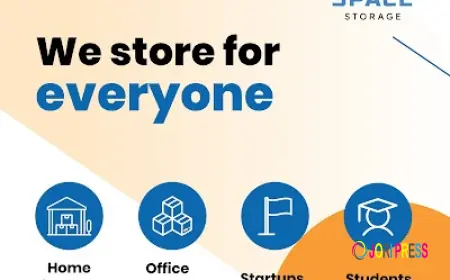How shared infrastructure is powering digital transformation


OPINION | Elijah Tumusiime | In an era where digital connectivity shapes every facet of modern life, Uganda is making strategic moves to align its digital ambitions with the Sustainable Development Goals (SDGs) and its third National Development Plan (NDP III). At the heart of this transformation is a powerful approach that is accelerating progress: shared infrastructure.
Shared infrastructure—ranging from telecom towers and fiber-optic cables to data centers and cloud platforms—is quietly revolutionizing how Ugandans connect, learn, work, and grow. It is not just a technical fix but a transformative model that is unlocking economic opportunity, expanding access, and supporting a digital future that is both inclusive and sustainable.
Uganda’s Digital Transformation Roadmap, unveiled by the Ministry of ICT and National Guidance, envisions a connected and digitally empowered society. The plan outlines key pillars such as universal digital access, e-government services, cybersecurity, and local content development. However, achieving these goals hinges on infrastructure that is shared, scalable, and sustainable.
Shared infrastructure doesn’t just enable more mobile phone signals—it is the bridge to economic participation, education, and innovation. For example, the Uganda Communications Universal Service Access Fund (UCUSAF) uses shared telecom and fiber infrastructure to bring internet connectivity and ICT tools to underserved schools. This has opened access to e-learning platforms, online libraries, and digital literacy programs that level the playing field for students in remote areas.
The economic benefits are equally significant. Shared infrastructure supports the growth of mobile money platforms like MTN Mobile Money and Airtel Money, bringing financial services to millions of previously unbanked Ugandans. By lowering operational costs for telecom providers, shared towers enable wider network expansion that fuels small businesses, agricultural value chains, and cross-border trade. This progress directly supports SDG 8 on decent work and economic growth, and SDG 9 on industry, innovation, and infrastructure, creating fertile ground for startups, SMEs, and job seekers to thrive in a digital economy.
Inclusivity is one of the most compelling advantages of shared infrastructure. Whether it is girls in rural areas accessing educational content online or market vendors using mobile payment systems, shared infrastructure ensures that digital tools are not a luxury but a right. It also promotes climate responsibility by avoiding the duplication of towers and facilities, conserving energy, and reducing carbon emissions.
Practical examples of collaboration are already visible. The National Backbone Infrastructure (NBI), managed by the National Information Technology Authority (NITA-U), is a shared fiber- optic network connecting government offices and public institutions, enabling e-government services and lowering internet costs. The Raxio Data Centre, Uganda’s first Tier III-certified facility, provides shared cloud hosting and storage for enterprises, government, and fintechs, ensuring data localization and enhancing cybersecurity. Additionally, institutions like the Uganda Institute of ICT are leveraging shared platforms to provide digital skills training to thousands of Ugandans, supporting innovation and human capital development as envisioned in the NDP III.
Despite these successes, challenges remain. Inconsistent regulatory frameworks can slow infrastructure sharing, while high upfront costs pose barriers to further investment.
Stakeholders are advocating for clearer policies, stronger public-private partnerships, and incentives to stimulate growth. Cybersecurity is another pressing concern, as shared infrastructure must be designed with strong protections for data and privacy. Recent developments, such as the introduction of data protection laws and the establishment of the National Computer Emergency Response Team (CERT), are positive steps toward addressing these risks.
Uganda’s digital transformation is more than an aspiration—it is a national priority being realized through collaborative infrastructure. By aligning with the SDGs and the NDP III, and by fostering partnerships between public and private actors, Uganda is building a digital ecosystem where connectivity drives opportunity and no one is left behind. The future is shared, and it is already taking shape across the country.
****
 Elijah Tumusiime
Elijah Tumusiime




























































